Enlightened Spaces: The eighteenth-century interior and the study of decorative arts at Leiden University
The University has long fostered the study of the decorative arts and domestic culture and has produced several notable specialists in this field. A new series of public lectures on the eighteenth-century interior organised by Alexander Dencher continues this tradition.
A series of lectures focusing on historic interiors launches on 18 February 2021, thanks to a grant from the Leiden University Centre for Arts and Society (LUCAS). These lectures unite a diverse group of scholars working on a topic that is somewhat neglected in art history, which is traditionally focused on painting and sculpture. However, the study of the decorative arts and historic interiors knows a long and reputable history at Leiden University since the establishment of the first chair in 1964 for Theodoor Herman Lunsingh Scheurleer (1911-2002). Until 2005, the possibility to study various aspects of the applied arts at Leiden was unique in the Netherlands. Interiors for display heralds this academic legacy and hopes to unite scholars, curators and amateurs around the theme of the eighteenth-century interior in Europe.
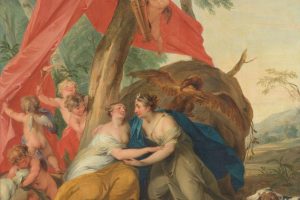

The eighteenth century saw the advent of modern notions of sociability, comfort, and taste, all of which found expression in the domestic interior, but the art of this period has not benefitted from sustained scholarly engagement, unlike seventeenth- or nineteenth-century art. This period in the Dutch Republic is sometimes considered one of cultural decline and this attitude partly stems from questionable ideas about artistic quality as well as the persistent but problematic view that the art of this period is not characteristically Dutch (in other words, just a little too foreign). The research of Willemijn Fock (Professor Emeritus since 2007) on the Dutch interior offered a compelling start point for future enquiries but was primarily concentrated on Leiden and, as Fock herself urged, further research must be done to get a completer picture. In the last few decades several major exhibitions such as Edele Eenvoud (Frans Hals Museum/Teylers Museum, 1989), Rococo (Rijksmuseum, 2001-2002) and Een Koninklijk Paradijs (Dordrecht Museum, 2017) have examined various aspects of eighteenth-century interiors but a major interdisciplinary study or cultural history of these spaces is still lacking.
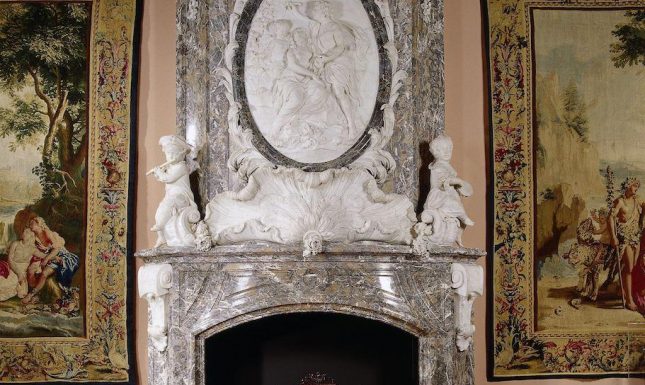

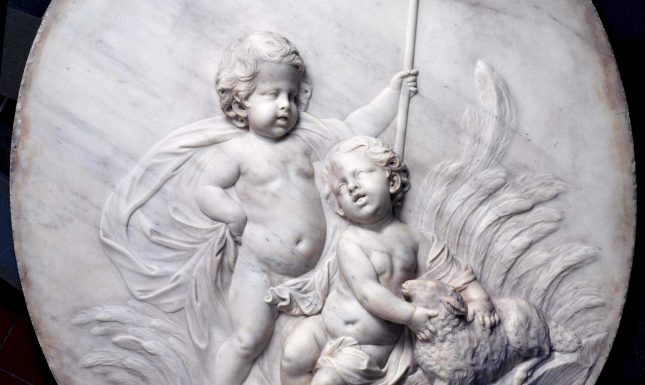

The impulse behind these lectures is my own fascination with fashionable interiors in the eighteenth-century Dutch Republic, which reflected the cosmopolitan ambitions of its patrons, who spent considerable sums constructing, decorating, and furnishing these spaces (figs.1, 6, 8-9). I am particularly interested in the ‘salon’ as a physical rather than notional space and in the ways that the arrangement and decoration of such rooms facilitated the social practices of their owners. In the Netherlands this space often consisted of a suite of two rooms on the ground floor, connected by sliding doors, situated on the ground floor (fig.1). The most prestigious reception rooms in the urban mansions of the regents, colloquially referred to as pronk interieurs (‘interiors for display’), were remarked on by foreign visitors and were considered by contemporary observers as the Dutch equivalent of the French chambre de parade or English state rooms. Although it seems that these spaces were multi-functional we actually know quite little about their actual social usage and far more research is required in order to establish basic facts about their patrons as well as the artists and craftsmen they employed (fig.5).
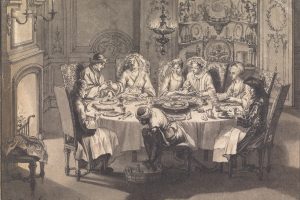

A major challenge posed by the study of eighteenth-century interiors
is the shift from the display of singular artworks to integrally
designed ensembles uniting architecture, painting, and sculpture.
Sculptors in wood (beeldsnijders) carved architectural the
framework for paintings or textiles (fig.8), as well as decorative
elements like console tables, mirror and picture frames, while marble
chimneypieces were usually imported from abroad (fig.7). The most
important commissions for painters in this period were no longer easel
paintings but massive canvases that covered entire walls and perhaps it
is the perceived loss of painting’s autonomous status (ostensibly
reduced to mere decoration) that has led to its under-appreciation in
scholarship, notable exceptions notwithstanding. Once moved to the
museum it is only the label that accompanies the display of such
paintings that recalls their original context (fig.2), and in some cases
sculptures (fig.4).
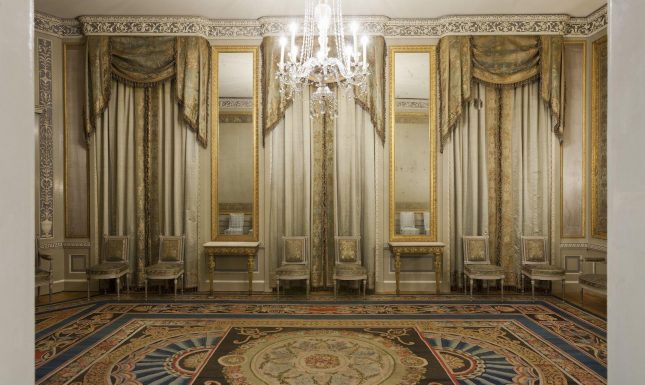

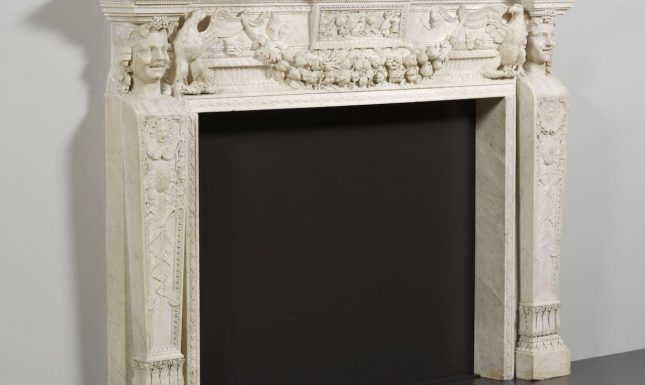

Later modifications of interiors and the removal of their original
furnishings, much of which were subsequently dispersed on the art
market, have complicated the study of eighteenth-century interiors even
if many have ended up in museums. The interdisciplinary project led by
Margriet van Eikema Hommes, From Isolation to Coherence, has
yielded impressive results that offer multi-layered insights into the
history of painted ensembles (fig.9). However, there are a number of
important eighteenth-century Dutch interiors that have been preserved in situ
while in a few very rare cases there are rooms that have retained their
original furnishings (fig.6). Archival research has made it possible to
connect disparate elements from demolished interiors (figs.3-4) but
more work needs to be done, particularly in regards to the furnishing of
these rooms. A grant awarded by the Research Program Museums, Collections and Society
has made it possible to locate archives and collections that shed more
light on the domestic interiors of the eighteenth-century urban elite,
and this research will hopefully provide me with sufficient material to
undertake a more substantial research project in the future.
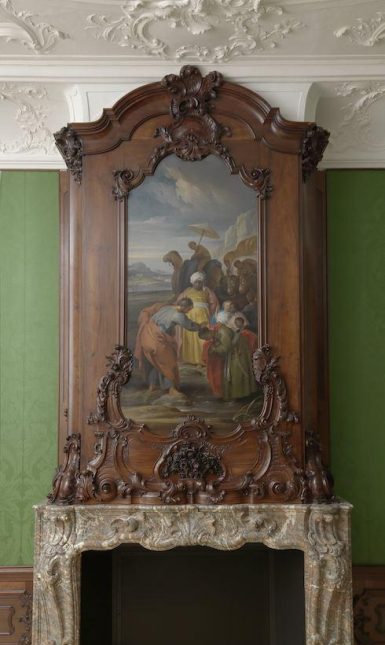

A lack of general awareness in the Netherlands of the cultural
importance of the eighteenth century also threatens the preservation of
historic interiors and collections. This gives a sense of urgency to
this series of lectures and highlights the necessity of continuing
research and education. Students must be equipped with the knowledge and
tools to enable them to approach the decorative arts on their own terms
and with the appropriate methods so they may understand how
interactions with carefully designed objects and spaces shape their
daily lives. The study of the history of the decorative arts (as well as
industrial design) is therefore crucial because it helps us connect
with our everyday environments in ways that the fine arts do not. As
Professor Reinier Baarsen pointed out in his inaugural lecture on the eighteenth-century collector Karl graf von Cobenzl (1712-1770),
it also challenges anachronistic understandings of the values attributed
to art and architecture in the past. It is to be hoped that these
lectures will contribute a little to the continuation of the legacy of
Theodoor Lunsingh Scheurleer and Willemijn Fock by demonstrating the
cultural significance of the eighteenth-century interior as a work of
art and inspiring present and future scholars in this field.
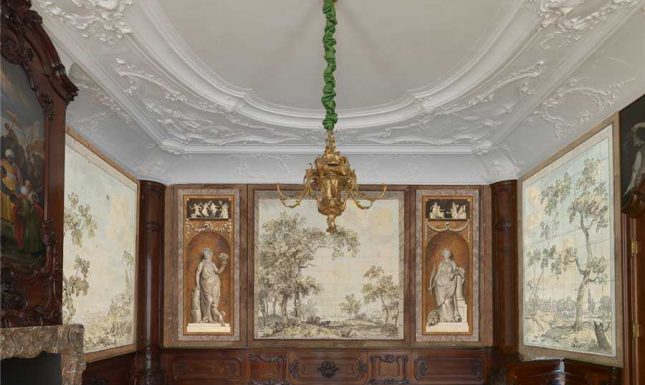

In the Spring of 2021, Leiden University lecturer and Rijksmuseum curator Alexander Dencher will bring together academics, curators and heritage professionals for a series of lectures that will cover various aspects of the eighteenth-century interior in the Netherlands and Europe. More information about these lectures can be found here.
© Alexander Dencher and Leiden Arts in Society Blog, 2021. Unauthorised use and/or duplication of this material without express and written permission from this site’s author and/or owner is strictly prohibited. Excerpts and links may be used, provided that full and clear credit is given to Alexander Dencher and Leiden Arts in Society Blog with appropriate and specific direction to the original content.


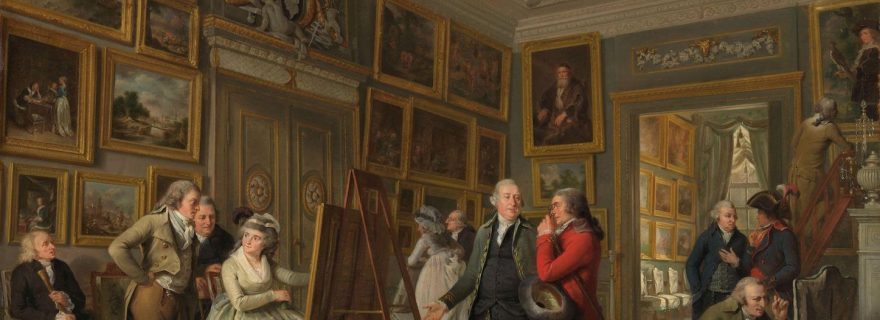
0 Comments